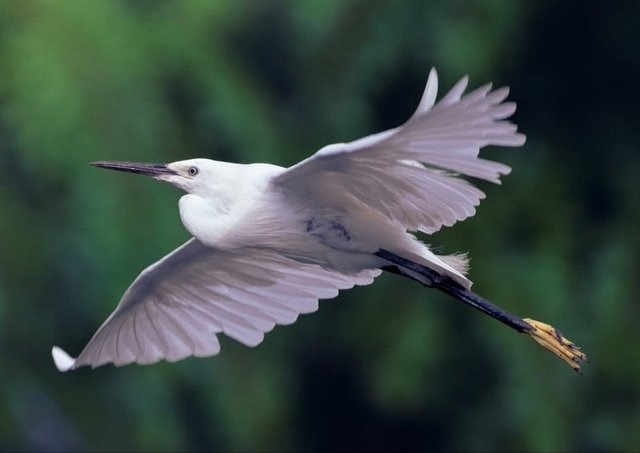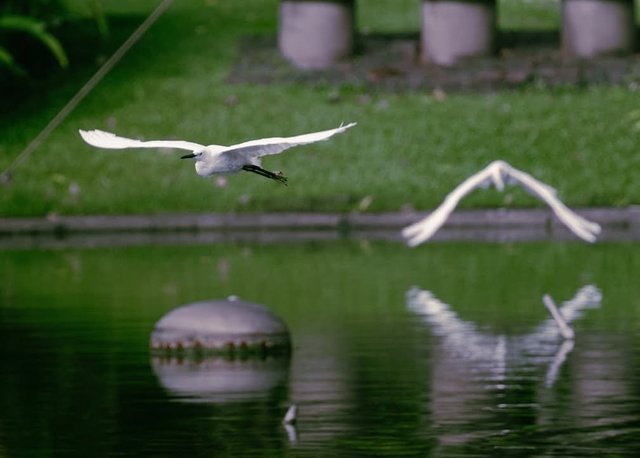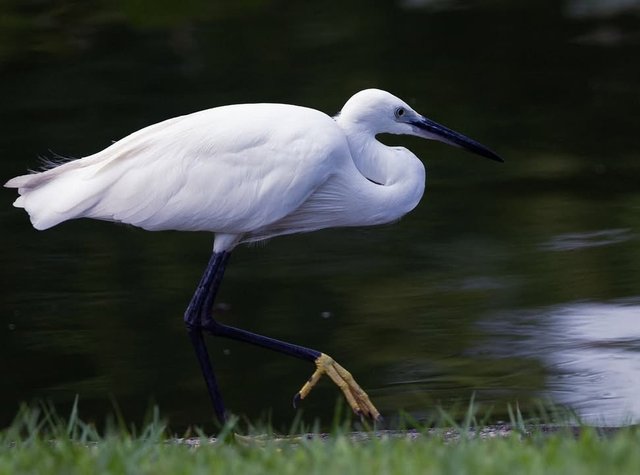So Cute Little Egret Bird
The little egret is a bird that seems delicate at first glance, yet it carries with it a story of resilience, adaptability, and grace. When you talk about this bird, it’s easy to imagine its slender figure standing quietly in shallow waters, waiting for the perfect moment to strike. Let me take you deeper into its world.
The Little Egret is a small, elegant heron with striking white plumage, long black legs, and bright yellow feet that often stand out when it stalks fish in the water. Its black, slender bill is perfectly adapted for snatching prey, while during breeding season, it grows beautiful, wispy plumes on its back and chest that sway like fine silk in the breeze.
This bird is widely distributed across Europe, Asia, Africa, and Australia. Once rare in certain regions due to overhunting for its feathers (especially in the 19th century, when plume trade was booming), it has now made a remarkable comeback and expanded its range in many countries.
How It Lives
Habitat: The little egret thrives near wetlands, rivers, lakes, tidal mudflats, rice paddies, and estuaries. It prefers shallow waters where prey is easy to spot.
Diet: Its menu includes fish, amphibians, insects, and even small crustaceans. It often uses its bright yellow feet to stir the water, flushing out hidden prey—a clever trick few other birds employ.
Behavior: These birds are patient hunters. They can stand still for minutes or move with slow, deliberate steps, striking with lightning speed when prey comes close. In groups, they sometimes hunt cooperatively, herding fish into tighter spaces.
Cultural and Ecological Significance
In many cultures, white birds like the little egret are symbols of purity, patience, and elegance. Their presence in a wetland often signals a healthy ecosystem, since they rely on clean water and abundant aquatic life. In Asia, seeing an egret wading in paddy fields during the monsoon is a familiar sight—one that connects people with the rhythm of nature and farming.
Interestingly, the plume feathers that once nearly drove the species to extinction are now admired only in nature. This history makes the little egret not just a symbol of beauty, but also a reminder of how conservation efforts can bring species back from the brink.
Why It Stands Out
Among herons and egrets, the little egret is particularly striking because of its contrasting colors—snowy white feathers against black legs and a sharp bill. Its lively feeding dance, flicking golden feet through the water, adds a unique flair that birdwatchers never forget.



%20(7).jpeg)